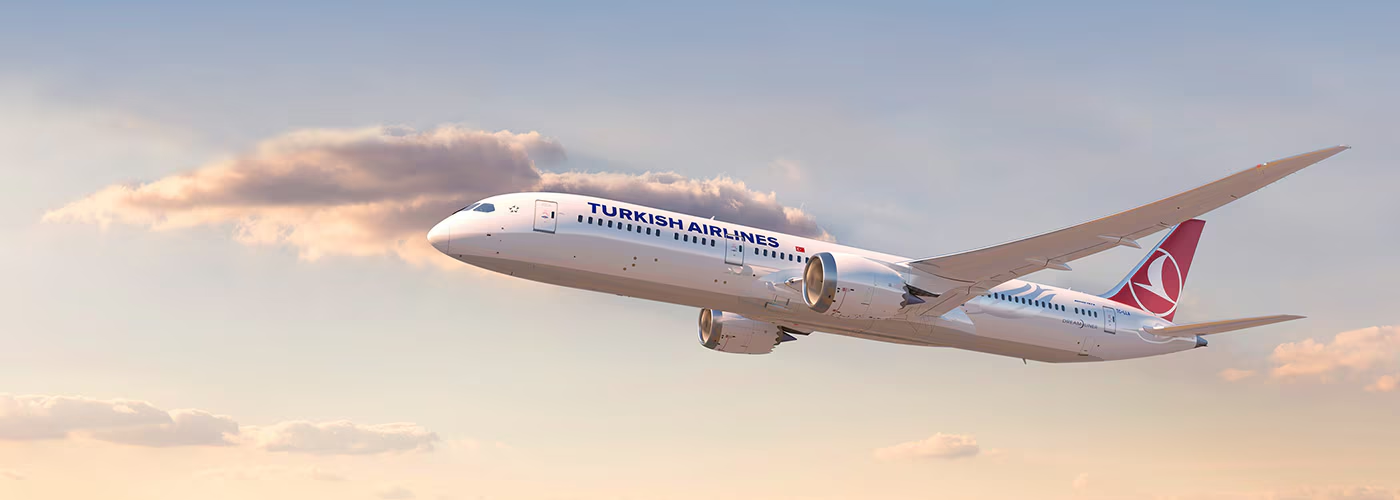Why Passengers Should Still Use Airplane Mode on Flights?
Modern aircraft are designed to handle interference from portable electronic devices, including mobile phones. Over time, the rationale behind requiring passengers to switch their devices to airplane mode has become more cautionary. In 2014, it was established that cell phones could interfere with an aircraft’s systems, though technological advancements may have mitigated this risk. Despite the European Union lifting restrictions in 2023, there are still valid reasons for keeping phones in airplane mode during flights.
FAA Regulations: Airplane Mode is a Legal Requirement
One of the primary reasons for using airplane mode is that it remains a legal requirement in several countries. According to FAA Advisory Circular 91.21-1D, passengers must switch their devices to airplane mode during flights. While WiFi and Bluetooth are now generally permitted, cellular connections must remain disabled.

The Federal Aviation Administration (FAA) states,
“The FCC and FAA ban cell phones for airborne use because their signals could interfere with critical aircraft instruments. Devices must be used in airplane mode or with the cellular connection disabled. You may use the WiFi connection on your device if the plane has an installed WiFi system and the airline allows its use.”
This regulation is enforced in the United States, China, and India. However, the European Union has relaxed its policies, allowing in-flight cellular usage.
Potential Interference with Aircraft Systems
The FAA continues to mandate airplane mode due to the potential for electronic devices to interfere with aircraft navigation and communication systems. In 2014, the agency officially stated that cell phone signals could pose a risk to onboard systems.

However, advancements in technology have led to aircraft being retrofitted with improved shielding and interference-resistant equipment. Despite this, concerns persist, particularly with the advent of 5G networks. The FAA has issued multiple airworthiness directives in response to findings that 5G signals can interfere with aircraft systems. For example, in September 2024, the FAA proposed a new directive for CRJ regional jets due to their susceptibility to 5G-related interference.
Psychological Comfort for Passengers
While there is no direct evidence linking mobile phone usage to aviation accidents, many passengers experience anxiety about flying. According to Boeing, there were no fatal commercial aircraft crashes in 2023. However, the Washington Post reports that 40% of passengers have some degree of fear related to flying, while 2.5% suffer from a clinical phobia.

The use of airplane mode serves as a courtesy to these passengers, providing reassurance that safety protocols are being followed. Although mobile phones cannot connect to ground networks at high altitudes, the most crucial periods for enabling airplane mode are during takeoff and landing.
Preserving Battery Life
Switching a phone to airplane mode also conserves battery life, particularly on long-haul flights where charging options may be limited. In areas of weak or nonexistent signal, phones expend additional power attempting to connect to networks, resulting in rapid battery depletion.
Although the exact power savings vary by device, keeping a phone in airplane mode can significantly extend standby battery life. Additionally, excessive power consumption can lead to overheating, especially when charging.

The European Exception of Airplane Mode
The European Commission revised its regulations in June 2023, allowing passengers to use mobile data, make calls, and stream videos during flights. Airlines in the EU now provide onboard 5G technology, which operates on frequencies deemed safe for aviation systems.
According to The Brussels Times, aviation expert Vance Hilderman stated, “Some people had some concerns about safety, but all the systems on aircraft have shielding and special designs that ensure that no interference from onboard smartphones can happen.”
While these regulations apply within the European Union, passengers flying in other regions must adhere to local policies, which often still require airplane mode.

Although technological advancements have reduced the risks associated with in-flight cell phone usage, airplane mode remains a requirement in many parts of the world. Beyond legal compliance, it helps prevent potential interference with aircraft systems, provides reassurance to nervous passengers, and preserves battery life. While the EU has embraced onboard 5G connectivity, other regulatory bodies continue to mandate airplane mode for safety and operational reasons.
- Featured image by Paul Rowbotham
Youssef Yahya is the CEO and Founder of Aviation for Aviators, a platform dedicated to the aviation industry. With over 3 years of experience as an aviation writer, Youssef is passionate about sharing his insights on aviation, entrepreneurship, and the broader business landscape. As a Teaching Assistant in Entrepreneurship at Nile University, he also nurtures the next generation of entrepreneurs. When he’s not exploring the skies or business ventures, you can find him saying, ‘Drag your coffee, and let’s talk aviation, entrepreneurship, and football.’
You might also like:
- Qatar Airways vs. Airbus: The Ongoing Dispute over A350 Paint Issues
- Emirates Airbus A380 Returns to Casablanca Airport
- About The Career of a Pilot
- Uruguayan Air Force Flight 571 | The Andes Flight Disaster
- Akbar Al Baker Steps Down as CEO of Qatar Airways After 26 Years
Discover more from Aviation for Aviators
Subscribe to get the latest posts sent to your email.














Leave a Reply